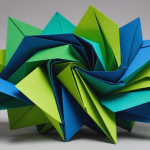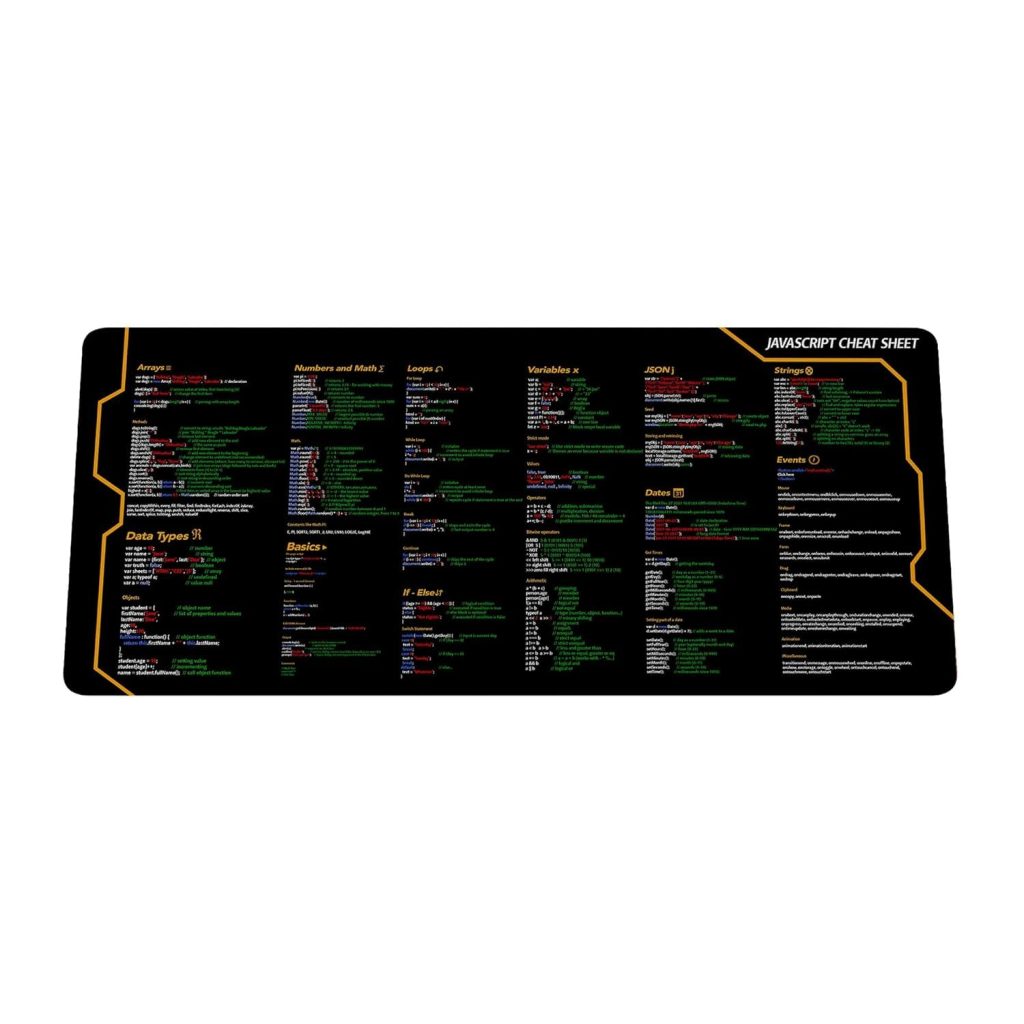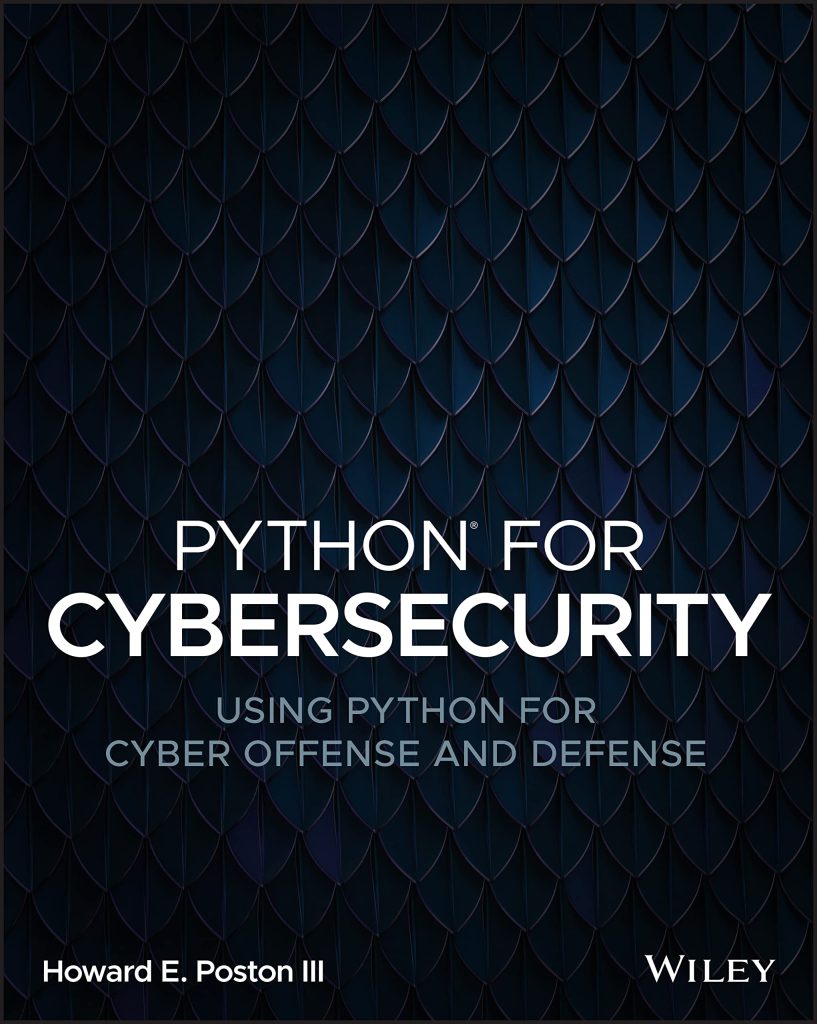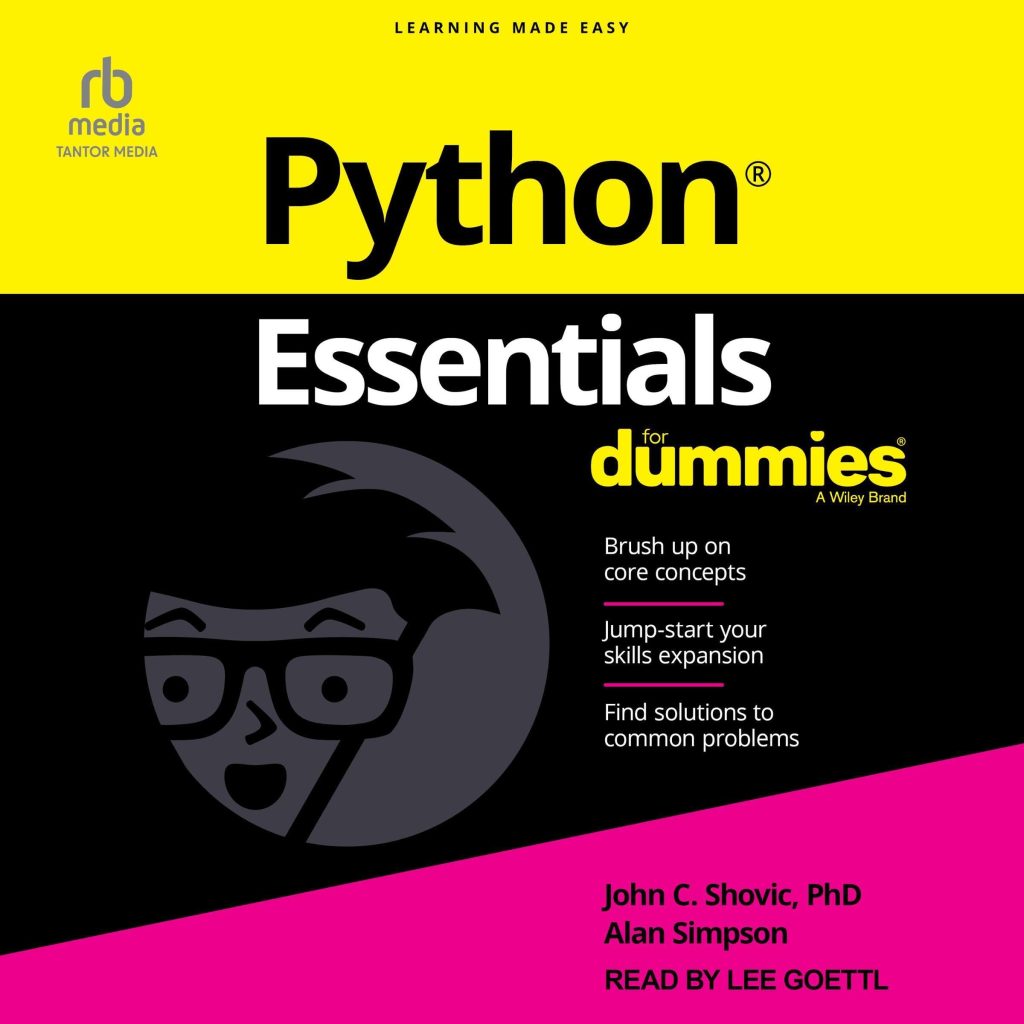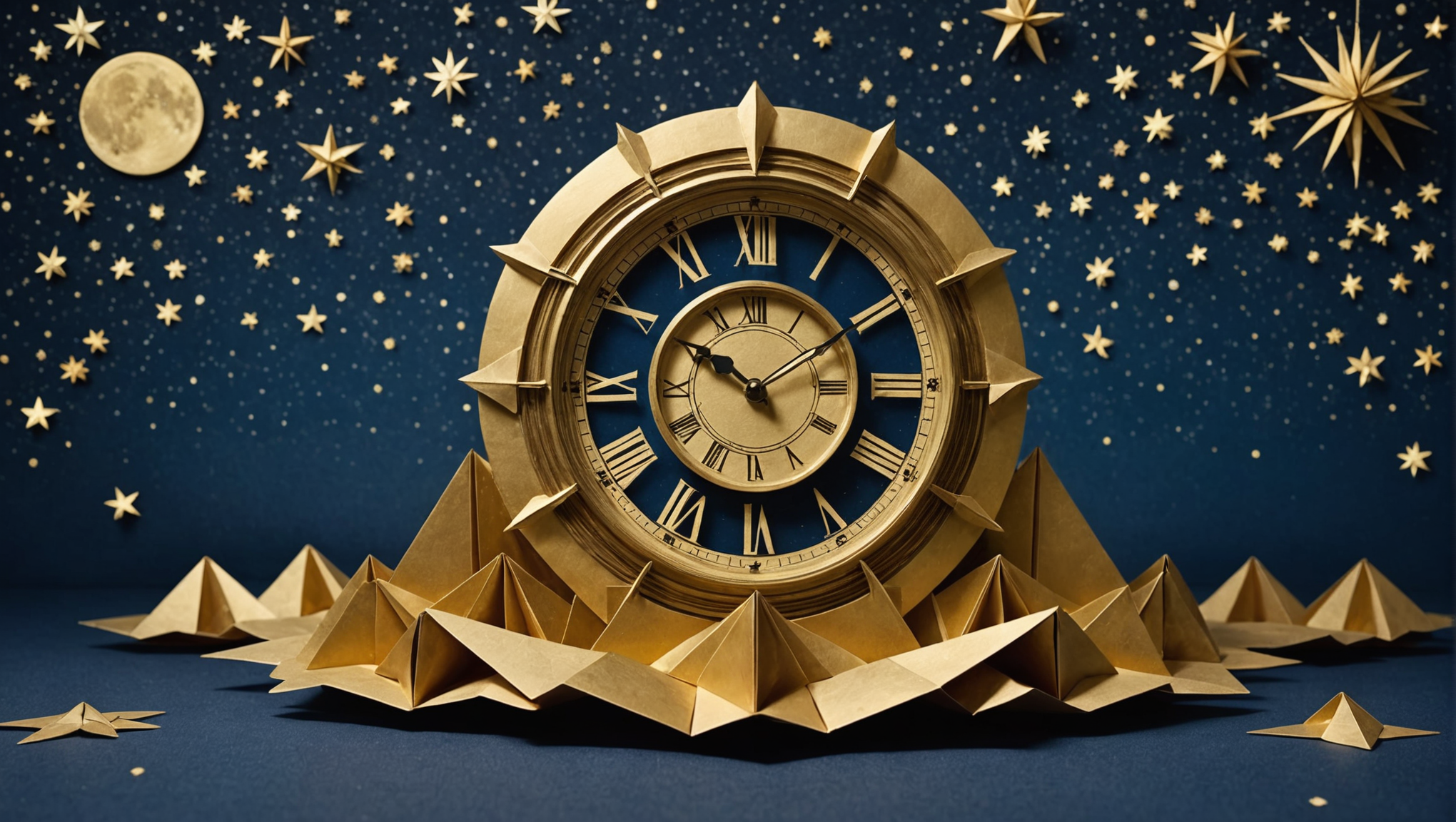
To navigate the vast ocean of time, we must first grasp the nature of Universal Time Coordinated (UTC), that unyielding anchor point amidst the ceaseless flux of time zones. UTC is a time standard that’s, in fact, the backbone of our increasingly interconnected world. It does not sway with the whims of daylight saving or regional peculiarities; instead, it remains steadfast, offering a consistent reference point.
Picture, if you will, a grand tapestry of time zones unfurling across the globe, each thread representing a distinct culture’s relationship with the sun, the moon, and the cosmos. As the Earth spins, different regions bask in daylight while others retreat into night. The magic lies in the offsets—the differences in hours and minutes that compartmentalize our shared reality. For instance, while London bathes in the early dawn of UTC+0, New York lives in the evening glow of UTC-5. This seemingly simple notion becomes a labyrinth when dealing with multiple time zones, often leading to confusion and errors.
The significance of UTC cannot be overstated. It serves not just as a beacon for scientists and aviators, but also as an important construct for programmers weaving time into their digital creations. To construct and manage datetime objects accurately, one must engage deeply with the interplay of UTC and local time zones, allowing one to traverse the temporal dimensions of a globalized existence.
When delving into the realm of time zones, one must ponder the nuances of daylight saving time, where clocks spring forward or fall back, altering time offsets with the seasons’ changing rhythms. Such variations, often steeped in local governance and tradition, can transform the predictability of UTC into a bewildering puzzle. Therefore, understanding the difference between UTC, local time, and the complexities of time zone definitions becomes not just helpful, but imperative.
To conceptualize this in the realm of Python, the `datetime` module provides robust tools for handling these intricacies. For instance, when creating timezone-aware datetime objects, one can harness the powers of UTC to provide clarity and consistency. Here’s a simple illustration:
import datetime
# Create a timezone-aware datetime object
dt_utc = datetime.datetime.now(datetime.timezone.utc)
print("Current UTC time:", dt_utc)
In that brief burst of code, the essence of UTC emerges: a moment in time, tethered to the cosmic clock, illuminating our local experiences. Yet, the dance of time doesn’t end here; rather, it beckons further exploration into the fabric of time zones, urging us to harness their potential in our digital escapades.
The `datetime` Module Overview
Now, as we embark on a meticulous examination of the `datetime` module, we find ourselves at a junction where the abstract concept of time meets the concrete world of programming. The `datetime` module, a gem nestled within Python’s standard library, is a veritable Swiss Army knife for temporal manipulation. This module equips us with the tools to create, compare, and manipulate dates and times with remarkable ease and precision.
At its core, the `datetime` module provides several classes, each serving a distinct purpose while weaving together the intricate narrative of time. Among the most significant are the `datetime`, `date`, `time`, and `timedelta` classes. Each of these forms a pillar that supports our understanding of temporal constructs.
The `datetime` class is perhaps the most expansive, encapsulating both date and time in a singular, cohesive object. This class allows us to journey through the minutiae of time down to the microsecond, capturing fleeting moments with astonishing accuracy. With this class, we can manipulate dates and times using arithmetic, ensuring that our calculations remain anchored in the reality of the calendar.
Consider the elegance with which one can create a new `datetime` instance:
import datetime
# Create a specific datetime object
dt_specific = datetime.datetime(2023, 10, 1, 12, 30, 45)
print("Specific datetime:", dt_specific)
This snippet conjures a specific moment in time—an exquisite snapshot of existence—embodying the essence of what it means to be temporal. Yet, we must not forget the `date` and `time` classes, which, in their own right, provide the ability to isolate aspects of datetime objects. The `date` class, stripped of the hours, minutes, and seconds, gives us a canvas upon which we can paint the days of our lives:
# Create a date object
date_today = datetime.date.today()
print("Today's date:", date_today)
Meanwhile, the `time` class, focusing solely on the temporal flow of hours, minutes, seconds, and microseconds, allows for the exploration of the rhythmic pulse of daily life:
# Create a time object
time_now = datetime.datetime.now().time()
print("Current time:", time_now)
Yet, life is not merely about the moments captured; it’s also about the journey between these points—a continuum punctuated by the ebb and flow of time. For this purpose, `timedelta` comes into play, granting us the ability to manipulate and traverse this continuum. With `timedelta`, we can add or subtract time intervals, effectively allowing us to navigate the flowing river of time:
# Create a timedelta object
time_delta = datetime.timedelta(days=5, hours=3)
new_datetime = datetime.datetime.now() + time_delta
print("New datetime after 5 days and 3 hours:", new_datetime)
As we integrate these various facets of the `datetime` module into our Python programming adventures, we begin to unfurl the layers of complexity that lie within the mere act of counting time. The computation of time, seemingly elemental, transforms into a rich tapestry of possibilities, revealing the intricate architectures of our temporal existence.
Thus, with a robust understanding of the `datetime` module as our compass, we are prepared to navigate the labyrinth of UTC offsets, time zones, and the multifaceted nature of time in our digital creations. Indeed, as we venture further, we will delve into the practical applications of these concepts, illuminating the path toward a better grasp of time manipulation in the Python ecosystem.
Creating Timezone-Aware Datetime Objects
As we venture deeper into the realm of creation, we arrive at the exquisite moment when we give birth to timezone-aware datetime objects. This process is not just a mere assembly of numbers and letters; it’s a dance of awareness that intertwines our digital representations of time with the larger cosmic rhythm of the universe. In Python’s `datetime` module, the ability to create timezone-aware objects is akin to placing a flag on the summit of a mountain—an acknowledgment that we are not merely traversing a landscape but that we are consciously aware of the terrain we inhabit.
To embark on this journey, let us utilize the `datetime` class in conjunction with the `timezone` class. The `timezone` class serves as a gatekeeper, allowing us to bind our datetime objects to specific offsets from UTC, thus imbuing them with the essence of local time. By doing so, we create objects that resonate with a consciousness of where they belong in the grand schema of time zones.
Think the following code, where we create a timezone-aware datetime object that highlights the subtle beauty of temporal precision:
import datetime
# Define a timezone offset for New York (UTC-5)
ny_timezone = datetime.timezone(datetime.timedelta(hours=-5))
# Create a timezone-aware datetime object for New York
dt_ny = datetime.datetime.now(ny_timezone)
print("Current New York time:", dt_ny)
In this snippet, we craft a timezone-aware datetime object that captures the lively spirit of New York, residing five hours behind UTC. The act of defining the offset using `datetime.timedelta` lends a poetic touch, intertwining our local experience with the vast cosmos of time. Each invocation of `datetime.datetime.now(ny_timezone)` is a conscious decision, a deliberate selection of how we choose to perceive the flow of time.
Moreover, the elegance of this approach lies in its extensibility. We need not limit our creations to a single locale; rather, we can embrace a multitude of time zones, crafting objects that exist in harmony with their respective offsets. Here, let us illustrate the breadth of this possibility by introducing timestamps for Tokyo, Japan, which operates under UTC+9:
# Define a timezone offset for Tokyo (UTC+9)
tokyo_timezone = datetime.timezone(datetime.timedelta(hours=9))
# Create a timezone-aware datetime object for Tokyo
dt_tokyo = datetime.datetime.now(tokyo_timezone)
print("Current Tokyo time:", dt_tokyo)
In these lines, the universe expands, and we find ourselves enveloped in the vibrancy of Tokyo’s nine-hour lead over UTC. Each timezone-aware object is not merely a reflection of numeric values; it’s a nuanced representation of culture, tradition, and the daily rhythms of life. As we mingle these disparate moments, we begin to appreciate the intricate dance of time zones and how they shape our understanding of temporal reality.
Yet, it’s essential to tread carefully as we construct these objects. A common misconception lurks in the shadows: one might inadvertently create naive datetime objects—those oblivious to their time zone context, floating aimlessly through the temporal seas. Hence, always ensuring that the datetime objects we create are aware of their respective time zones is paramount.
The creation of timezone-aware datetime objects is a transcendental act. It binds our temporal experiences with the immutable fabric of the cosmos, allowing us to engage with time in a more profound, meaningful way. Through the lens of Python, we wield the tools necessary to navigate this landscape, crafting datetime objects that illuminate our understanding of the world and our place within it.
Working with `datetime.timezone`
As we delve into the intricacies of manipulating time, we encounter the powerful `datetime.timezone` class—a veritable ally in our quest for clarity amidst the chaos of time zones. This class embodies the essence of time as a structured entity, neatly encapsulating the complexities of UTC offsets while providing us with the tools to weave our timezone-aware datetime objects. To understand its profound impact, let us peel back the layers and explore its functionalities, marveling at the elegance that lies beneath the surface.
The `datetime.timezone` class allows for the creation of fixed-offset timezone objects, which anchor datetime instances with specific offsets from UTC. That is akin to having a compass that always points to true north, unwavering in its guidance regardless of the local variations that permeate our worldly experiences. The creation of such timezone objects is not merely an exercise in utility; it is an invitation to engage with the larger narrative of time, solidifying our connection to moments that span the globe.
Think the following illustration, where we define a timezone that reflects the offset for Central European Time (CET), which operates at UTC+1:
import datetime
# Define a timezone offset for Central European Time (UTC+1)
cet_timezone = datetime.timezone(datetime.timedelta(hours=1))
# Create a timezone-aware datetime object for CET
dt_cet = datetime.datetime.now(cet_timezone)
print("Current Central European Time:", dt_cet)
In this snippet, we summon an instance of `datetime.timezone` that encapsulates the singular essence of CET. The beauty lies not only in the code itself but in the realization that we have forged a temporal anchor—an awareness that exists in tandem with the shifting tides of time. The `datetime.datetime.now(cet_timezone)` invocation is a moment of clarity, heralding our understanding of where we fit within the grand tapestry of time.
Moreover, flexibility is woven into the fabric of `datetime.timezone`. One might wonder whether we are confined to rigid offsets, shackled to UTC±n. The answer lies in our ability to craft offsets that accommodate the intricacies of local time, including the variances introduced by daylight saving time. Although `datetime.timezone` itself does not handle the transition to daylight saving, one can easily implement this feature by creating a new timezone object that reflects the appropriate offset change during these periods. This opens the door to a more profound realization—time is not merely a linear sequence of moments, but a cyclical experience shaped by human practices.
Let us embark on a brief diversion and consider the implementation of a hypothetical timezone that observes daylight saving time. In the case of the United States, Eastern Daylight Time (EDT) is UTC-4 during the summer months. Enticingly, we can fashion a simplistic representation as follows:
# Define a timezone offset for Eastern Daylight Time (UTC-4)
edt_timezone = datetime.timezone(datetime.timedelta(hours=-4))
# Create a timezone-aware datetime object for EDT
dt_edt = datetime.datetime.now(edt_timezone)
print("Current Eastern Daylight Time:", dt_edt)
However, one must be cautious; the above code does not automatically adjust for the transition dates. The conceptual leap here lies in grasping that while `datetime.timezone` provides a framework for establishing offsets, the responsibilities of transitions and adjustments remain firmly on our shoulders. This reveals the inherent complexity of time management—a mosaic of consideration and awareness that requires more than mere calculation.
In our exploration of `datetime.timezone`, we also encounter the significance of storing timezone information alongside our datetime objects. Each timezone-aware datetime resonates with its own significance, a reminder of cultural rhythms and societal contexts. For example, ponder the timeless elegance of a Python snippet capturing the current time in Sydney, Australia, with a UTC+10 offset:
# Define a timezone offset for Sydney (UTC+10)
sydney_timezone = datetime.timezone(datetime.timedelta(hours=10))
# Create a timezone-aware datetime object for Sydney
dt_sydney = datetime.datetime.now(sydney_timezone)
print("Current Sydney time:", dt_sydney)
As we observe the time in Sydney, we witness the convergence of moments across distances—each timezone-aware datetime object encapsulating not just numbers, but the very essence of our shared humanity. Time, once perceived as a mere linear metric, unfurls into a multidimensional tapestry, enriched by the stories of individuals and cultures interwoven through the very fabric of time itself.
Thus, the `datetime.timezone` class emerges as a pivotal component in our temporal toolkit, empowering us to navigate the intricacies of UTC offsets with grace and precision. With each creation of a timezone-aware datetime object, we affirm our commitment to understanding time not just as a sequence, but as an experience infused with meaning and complexity. As we continue our journey through the universe of datetime manipulation, let us carry forth this newfound awareness, ever mindful of the profound connections that time fosters among us all.
Converting Between Time Zones
In the ever-dynamic interplay of time, the ability to convert between time zones is akin to wielding a magician’s wand, allowing us to traverse the globe’s temporal landscape effortlessly. This essential function within Python’s `datetime` module arms us with the necessary tools to not only understand our current position along the vast continuum of time but also to navigate towards the desired locale, harmonizing our digital clocks with the rhythm of local experiences.
The art of conversion begins with the recognition that each timezone-aware datetime object carries with it the wisdom of its UTC offset, an essential ingredient that dictates how it relates to the universal clock. Yet, the challenge lies in translating these offsets into meaningful interpretations as one moves from one zone to another. To accomplish this, one typically leverages the `astimezone()` method, a trusted ally in our quest for temporal clarity.
Let us delve into an example illustrating this transformation. Say we have a datetime object representing a moment in New York, timestamped as follows:
import datetime
# Define a timezone offset for New York (UTC-5)
ny_timezone = datetime.timezone(datetime.timedelta(hours=-5))
# Create a timezone-aware datetime object for New York
dt_ny = datetime.datetime.now(ny_timezone)
print("Current New York time:", dt_ny)
In this case, we have captured the essence of New York’s present moment, but now, let us imagine a need to share this moment with a friend in London, who dwells in the embrace of UTC+0. We can effortlessly convert our New York datetime object into London time by using the `astimezone()` method:
# Define a timezone offset for London (UTC+0)
london_timezone = datetime.timezone(datetime.timedelta(hours=0))
# Convert the New York time to London time
dt_london = dt_ny.astimezone(london_timezone)
print("Current London time:", dt_london)
In this snippet, we witness the magic of conversion unfold, as the `astimezone()` method gracefully synchronizes our New York moment with London’s temporal reality. The beauty of this process is not merely in the numerical adjustment of hours; it symbolizes a deeper connection forged through the acknowledgment of shared experiences across our diverse time zones.
It is worth noting that this conversion is sophisticated enough to encompass all the nuances of daylight saving adjustments. Should we have been in the throes of summer, the same conversion would inherently consider the shift to Eastern Daylight Time (UTC-4), reflecting the dynamic nature of our temporal constructs without further toil on our part.
Now, let us expand our temporal horizons even further by introducing an additional timezone, say Tokyo, which operates under UTC+9. This multi-faceted conversion allows us to observe the elegant dance of time as it flows across the globe:
# Define a timezone offset for Tokyo (UTC+9)
tokyo_timezone = datetime.timezone(datetime.timedelta(hours=9))
# Convert the New York time to Tokyo time
dt_tokyo = dt_ny.astimezone(tokyo_timezone)
print("Current Tokyo time:", dt_tokyo)
Here, we not only extend the reach of our initial moment but also gain insight into the interconnectedness of our experiences across vastly different landscapes. Each conversion unfolds like a rich narrative, presenting not just the cold, hard facts of time, but the warmth of human connections that transcend geographical boundaries.
Yet, amid this ethereal dance lies one critical consideration: the datetime object must be timezone-aware to perform these conversions accurately. A naive datetime object, devoid of any timezone context, would lead us astray. Therefore, vigilance is paramount when constructing our datetime instances, ensuring they carry the weight of their respective time zones as they embark upon their conversions.
As we continue to explore the intricacies of time in our programming endeavors, let us embrace the power of conversion not merely as a function but as a bridge connecting us with our fellow beings across time zones. In this journey through the continuum of time, each conversion serves as a reminder of our shared existence, stitched together by the very threads of temporal awareness.
Practical Examples of UTC Offset Handling
In the realm of practical time manipulation, the inquiry into how to handle UTC offsets becomes a crucible for understanding the fluctuating dance of moments and locales. As programmers, we encounter myriad scenarios that demand not just the ability to manage time, but to engage with it meaningfully. Through our brush with the `datetime` module, a tapestry of practical examples emerges, revealing how to handle and navigate the complexities of UTC offsets with grace. Let us embark on this journey by delving into several practical examples that illuminate the expansive territory of time management.
Imagine a scenario where we are tasked with scheduling events across different time zones. We have a meeting set for a specific time in UTC, but our participants are scattered across various locales, each with its own temporal nuances. By using the tools bestowed upon us by the `datetime` module, we can easily convert and communicate the timing of this meeting to participants in different time zones.
import datetime
# Define the meeting time as a timezone-aware datetime object in UTC
utc_meeting_time = datetime.datetime(2023, 10, 1, 15, 0, 0, tzinfo=datetime.timezone.utc)
print("Meeting time in UTC:", utc_meeting_time)
# Define timezones for participants
ny_timezone = datetime.timezone(datetime.timedelta(hours=-5))
london_timezone = datetime.timezone(datetime.timedelta(hours=0))
tokyo_timezone = datetime.timezone(datetime.timedelta(hours=9))
# Convert meeting time to respective time zones
ny_time = utc_meeting_time.astimezone(ny_timezone)
london_time = utc_meeting_time.astimezone(london_timezone)
tokyo_time = utc_meeting_time.astimezone(tokyo_timezone)
print("Meeting time in New York:", ny_time)
print("Meeting time in London:", london_time)
print("Meeting time in Tokyo:", tokyo_time)
In this snippet, we define a meeting scheduled for 3:00 PM UTC, then convert this moment to reflect the local times in New York, London, and Tokyo. Each conversion is a bridge, allowing us to transcend the barriers of distance and temporal definition, crafting a perfectly synchronized ritual amidst the global cacophony.
But the narrative does not end here; it ventures into the world of logging events and timestamps, where precision is paramount. Imagine a web application that logs user activity, timestamping each action in UTC to maintain uniformity. Yet, users scattered across the globe often desire to view these logs in their local time. Here, we find the utility of converting and displaying timestamps based on user preference.
import datetime
# Log an event with its timestamp in UTC
event_time_utc = datetime.datetime.now(datetime.timezone.utc)
print("Event logged at (UTC):", event_time_utc)
# Function to convert UTC to local time
def convert_to_local(event_time_utc, local_timezone):
return event_time_utc.astimezone(local_timezone)
# Example usage for an event in different time zones
local_time_ny = convert_to_local(event_time_utc, ny_timezone)
local_time_london = convert_to_local(event_time_utc, london_timezone)
local_time_tokyo = convert_to_local(event_time_utc, tokyo_timezone)
print("Event time in New York:", local_time_ny)
print("Event time in London:", local_time_london)
print("Event time in Tokyo:", local_time_tokyo)
In this exercise, we log an event in UTC and subsequently provide a method to convert this timestamp into local time based on the user’s timezone. The beauty lies in the fact that the original moment remains untouched, whilst each user experiences it within their temporal context, echoing the sentiment that while time is a universal constant, its perception is profoundly local.
Finally, think the complexity of scheduling recurring events, where daylight saving time transitions might introduce additional challenges. Let us harness the knowledge bestowed by the `datetime` module to gracefully navigate these transitions, ensuring our events resonate with the ongoing temporal shifts.
import datetime
import pytz
# Create a timezone-aware datetime object for an event during DST in New York
ny_tz = pytz.timezone('America/New_York')
event_start = ny_tz.localize(datetime.datetime(2023, 3, 10, 10, 0, 0)) # Note: March 10 is before DST starts
event_end = event_start + datetime.timedelta(hours=2)
print("Scheduled event in New York:", event_start)
print("Event ends at:", event_end)
# Convert to UTC
event_start_utc = event_start.astimezone(datetime.timezone.utc)
event_end_utc = event_end.astimezone(datetime.timezone.utc)
print("Scheduled event in UTC:", event_start_utc)
print("Event ends at (UTC):", event_end_utc)
With the help of the `pytz` library, we seamlessly localize the datetime object for New York, accounting for daylight saving time and other local intricacies. This approach enables our events to flow harmoniously through time, adapting to both the familiar and the uncomfortable, the predictable and the unforeseen.
Ultimately, these practical examples encapsulate the essential toolkit required to wield UTC offsets deftly. The journey through time is never linear; it’s a web of interconnections, practices, and experiences—a testament to our collective dance across the temporal tapestry. As we continue to embed these concepts within our digital frameworks, we cultivate a growing awareness of time’s profound and multifaceted nature.
Common Pitfalls and Best Practices
In the labyrinthine world of time management, where the ticking of the clock is both a friend and a foe, it very important to recognize that pitfalls lie in wait for the unwary. Anomalies in handling UTC offsets can lead to cascading errors, much like a single errant pebble causing a landslide. Thus, we must approach our temporal tasks with a heightened sense of awareness, for every decision echoes through the fabric of time.
One common pitfall arises from the creation of naive datetime objects—those oblivious to the nurturing embrace of time zones. As we traverse through code, we must remain vigilant, ensuring that every datetime object we craft is imbued with the wisdom of its time zone context. Failing to do so often results in unintended consequences, where calculations or comparisons yield erroneous results, sending us spiraling into confusion. Think the following code snippet:
import datetime
# Create a naive datetime object
naive_datetime = datetime.datetime(2023, 10, 1, 12, 0)
# Attempting to convert a naive datetime to a timezone-aware one without context
try:
print("Converted naive datetime:", naive_datetime.astimezone(datetime.timezone.utc))
except Exception as e:
print("Error:", e)
Here, our naive datetime stands as an unanchored specter, unable to derive meaning from the temporal world around it. The error that ensues is not merely a technical failure; it’s a reminder of the necessity for context in our temporal calculations. To sidestep this pitfall, always ensure that your datetime objects are created with an explicit timezone, embracing their role as conscious participants in the intricate ballet of time.
Beyond the realm of naive objects, we also encounter the nuances of daylight saving time. This yearly ritual, where clocks spring forward and fall back, introduces a level of complexity that can befuddle even the most seasoned programmer. When performing time calculations or conversions around the dates of these transitions, an unsuspecting misstep may lead to misaligned schedules or errant timestamps.
Consider the situation where we have an event scheduled during the mysterious twilight of daylight saving time:
# Define a timezone-aware datetime object that falls during the DST transition in New York
import pytz
ny_tz = pytz.timezone('America/New_York')
timestamp = ny_tz.localize(datetime.datetime(2023, 3, 12, 2, 30)) # DST transition occurs at 2 AM
# Attempt a conversion to UTC
utc_time = timestamp.astimezone(datetime.timezone.utc)
print("Scheduled time in UTC:", utc_time)
In this case, the `timestamp`, localized to the New York timezone, can become a quagmire if we inadvertently overlook the transition. The local time of 2:30 AM might not represent a single, well-defined moment but rather a phantom hour that appears twice during the transition. Thus, when scheduling events around such dates, it’s imperative to be acutely aware of the temporal landscape, preventing the drift into the mists of confusion.
Lastly, we must also embrace the principles of sound programming practices when working with UTC offsets. Explicitly defining offsets and using consistent naming conventions in your code can be invaluable in avoiding misinterpretations. This diligence aids in maintaining clarity and coherence across your temporal constructs. By annotating critical sections of code that deal with conversions or timezone-aware datetime objects, we lay down breadcrumbs for ourselves and our fellow programmers to follow.
As we venture into the realm of UTC offsets and time zones, we become the architects of our temporal reality. By understanding the potential pitfalls and adhering to best practices, we can navigate the complexities of time with grace, crafting a harmonious balance between our digital creations and the cosmic clock that governs our existence.

